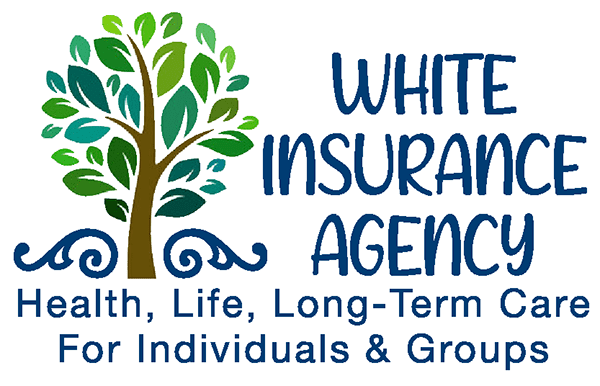
Understanding how to qualify for Medicare and Medicaid is vital, especially as you approach retirement age. These two programs provide essential healthcare coverage but differ in their eligibility requirements and benefits. Here’s a comprehensive look at who qualifies for Medicare and Medicaid and how the two programs can work together.
What Are Medicare and Medicaid?
Although they sound similar, Medicare and Medicaid serve different purposes.
Medicare
Medicare is the federal health insurance program primarily serving individuals 65 and older. However, some younger individuals may qualify if they have specific disabilities or conditions, such as end-stage kidney disease (permanent kidney failure). Medicare has four parts:
- Part A: Covers hospital insurance, including stays in hospitals and skilled nursing facilities.
- Part B: Covers medical insurance, including doctor visits and outpatient services.
- Part C (Medicare Advantage): A private insurance plan that combines Part A and Part B coverage and may offer additional benefits like dental, vision, and hearing coverage.
- Part D: Covers prescription drug coverage through private insurance plans.
Medicaid
Medicaid is a joint federal and state program that assists with medical expenses for individuals with limited income and resources. Medicaid eligibility can vary by state, but generally, you may qualify if you meet certain income thresholds and belong to one of the following groups:
- Adults 65 or older
- Children under age 19
- Pregnant women
- Individuals with disabilities
- Parents or caregivers of dependent children
What Does “Dual Eligibility” Mean?
“Dual eligibility” refers to individuals who qualify for Medicare and Medicaid. Approximately 12 million Americans are dual eligible, which means they can benefit from both programs. Medicare typically serves as the primary insurance, covering most healthcare services. At the same time, Medicaid provides secondary coverage for services that Medicare does not cover, such as long-term care and some personal care services.
How Do You Qualify for Dual Eligibility?
To be dual eligible, you must meet the requirements for both Medicare and Medicaid:
- Medicare requirements: Be 65 or older or under 65 with a qualifying disability or condition.
- Medicaid requirements: Be within the income limits set by your state and fall into one of the eligible categories listed above.
Once enrolled in both programs, Medicaid will work alongside Medicare to help cover additional healthcare expenses.
Benefits of Being Dual Eligible
Being dual-eligible offers several advantages. Here are some of the benefits:
- Greater coverage: Medicaid helps pay for healthcare services that Medicare doesn’t, such as long-term care and some medical supplies.
- Low to no cost: Medicaid can help cover out-of-pocket costs that may not be fully paid by Medicare, like coinsurance, copayments, and deductibles.
- Comprehensive care: Medicaid may also cover dental services, counseling, and vision care, often not included in Medicare plans.
Services Covered by Dual Eligibility
Dual eligibility can give you access to a range of healthcare services:
- Durable medical equipment: Items like walkers, wheelchairs, and oxygen equipment.
- Doctor visits: Regular checkups, specialist visits, and preventive care.
- Hospital services: Both inpatient and outpatient hospital care.
- Prescription drugs: Most dual-eligible individuals can access prescription drug coverage through Medicare Part D.
- Dental and vision services: Many Medicaid programs cover dental visits, eye exams, and glasses.
What Are Dual Eligible Special Needs Plans (D-SNPs)?
A Dual Eligible Special Needs Plan (D-SNP) is a Medicare Advantage plan designed specifically for eligible people for both Medicare and Medicaid. D-SNPs combine Medicare and Medicaid benefits into a single plan, simplifying the healthcare management process. These plans offer:
- Part D drug coverage: No additional cost for prescription drugs.
- Care coordination: A care coordinator is assigned to help you manage your health, ensuring you get the best care possible.
Conclusion: Understanding Your Eligibility
Navigating Medicare and Medicaid eligibility can seem complicated, but understanding the requirements and benefits of each program can help ensure you have the coverage you need. If you’re eligible for both programs, dual eligibility offers comprehensive healthcare coverage that can help manage out-of-pocket costs and ensure you get the care you deserve. For assistance with enrollment or to learn more about how these programs work together, contact one of our knowledgeable insurance agents and advisors, who can guide you in your next steps.
Filed Under: Medicare | Tagged With: Medicare Advantage